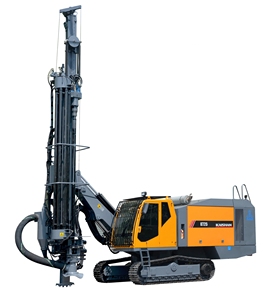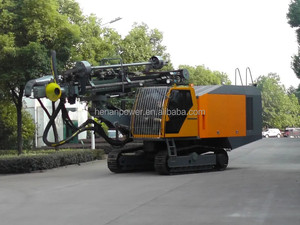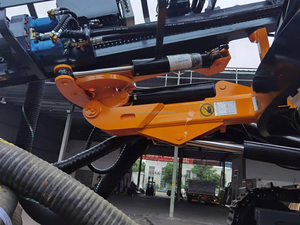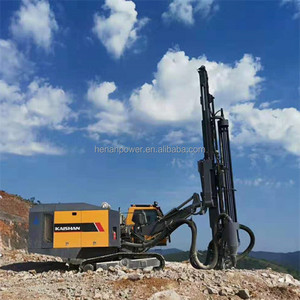Understanding Drill Machine Voltage
Drill machines are invaluable tools in both professional and DIY environments, and their effectiveness is often determined by the voltage at which they operate. Drill machine voltage refers to the electrical potential that powers the drill, influencing its performance, efficiency, and capability to handle various tasks. This article delves into the types, features, applications, and advantages of drill machines concerning their operating voltage.
Types of Drill Machine Voltage
Drill machines come in various voltage options catering to different needs, including:
- Low-Voltage Drill Machines: Typically operating on 12V to 18V, these are ideal for lighter applications. They are perfect for residential DIY tasks, providing sufficient power for drilling in wood and drywall.
- Medium-Voltage Drill Machines: These units fall in the range of 20V to 36V and are suitable for both household and light commercial uses. With increased power, they can handle tougher materials like metals and thicker woods.
- High-Voltage Drill Machines: Operating above 36V, these machines are designed for industrial applications. They can endure heavy workloads and are perfect for construction sites or large-scale manufacturing tasks.
- AC Corded and DC Cordless Drill Machines: AC machines usually run on 110V or 240V and are dependent on electrical outlets; DC cordless drills vary between 12V to 60V, depending on battery technology.
Function and Feature of Drill Machine Voltage
The voltage of a drill machine significantly impacts its functions and features. Understanding these aspects can greatly enhance the user's experience:
- Power and Performance: Higher voltage translates to increased power output, which allows the drill to penetrate tougher materials with ease.
- Speed Control: Many modern drill machines incorporate variable speed settings that adjust based on voltage, providing users with optimal control tailored to specific tasks.
- Battery Life and Efficiency: For cordless models, higher voltage batteries often last longer under continuous use, leading to less downtime and enhancing project efficiency.
- Compact and Lightweight Designs: Advances in technology have made it possible to produce high-voltage machines that are still lightweight and easy to handle, improving ergonomics and reducing operator fatigue.
Applications of Drill Machine Voltage
Drill machines with varying voltage levels find applications across various industries and tasks:
- Construction: High-voltage drill machines are essential for drilling into concrete and steel, where power and durability are critical.
- Automotive: Medium-voltage drills are frequently used in automotive repair shops to handle tightening bolts and screws in engines and chassis.
- Home Improvement: Low to medium voltage drills are favored for homeowners working on renovation projects, furniture assembly, or minor repairs around the house.
- Manufacturing: High-voltage models are employed in assembly lines for their reliability and capability to maintain performance under constant use.
Advantages of Selecting the Right Drill Machine Voltage
Choosing the appropriate drill machine voltage has numerous benefits:
- Optimization: Selecting a drill with the right voltage for the intended task minimizes wasted energy and maximizes output efficiency.
- Versatility: A drill that operates at the correct voltage can handle a wider variety of materials and tasks, making it a more versatile addition to your tool arsenal.
- Increased Safety: Operating a drill within its specified voltage range enhances safety, reducing the risk of overheating or malfunctioning during use.
- Cost-Effectiveness: Investing in a drill machine with the appropriate voltage can save you money in the long run, as it mitigates the need for additional tools for different projects.

















































